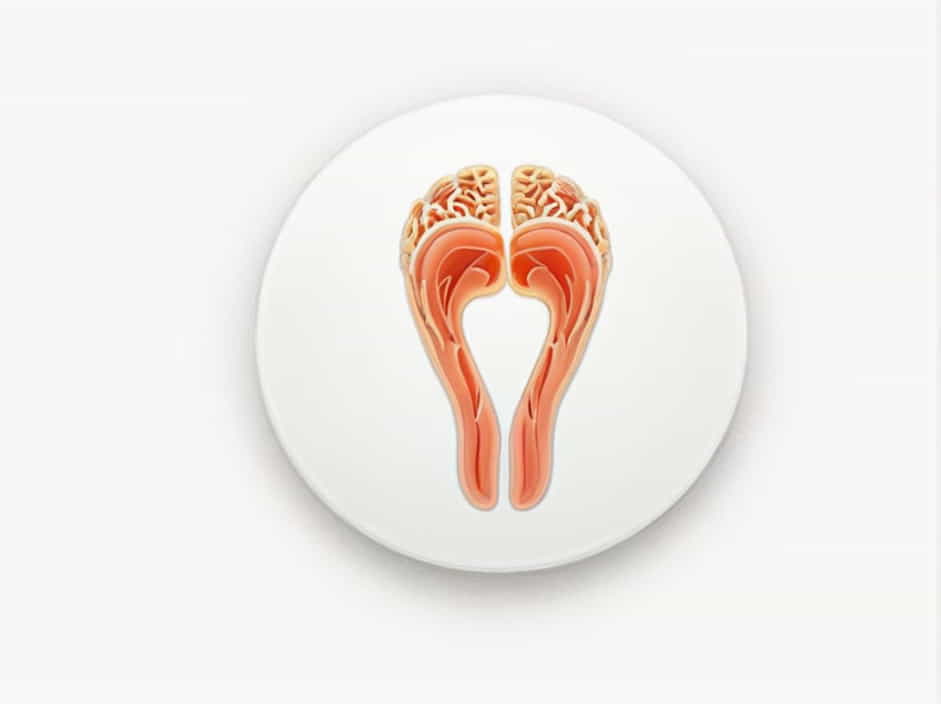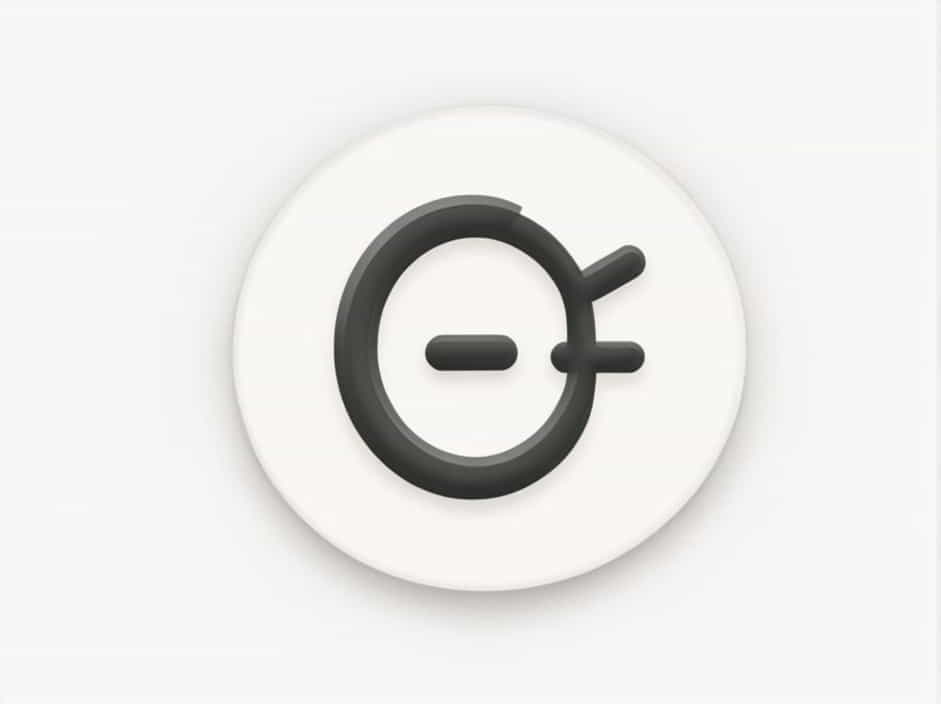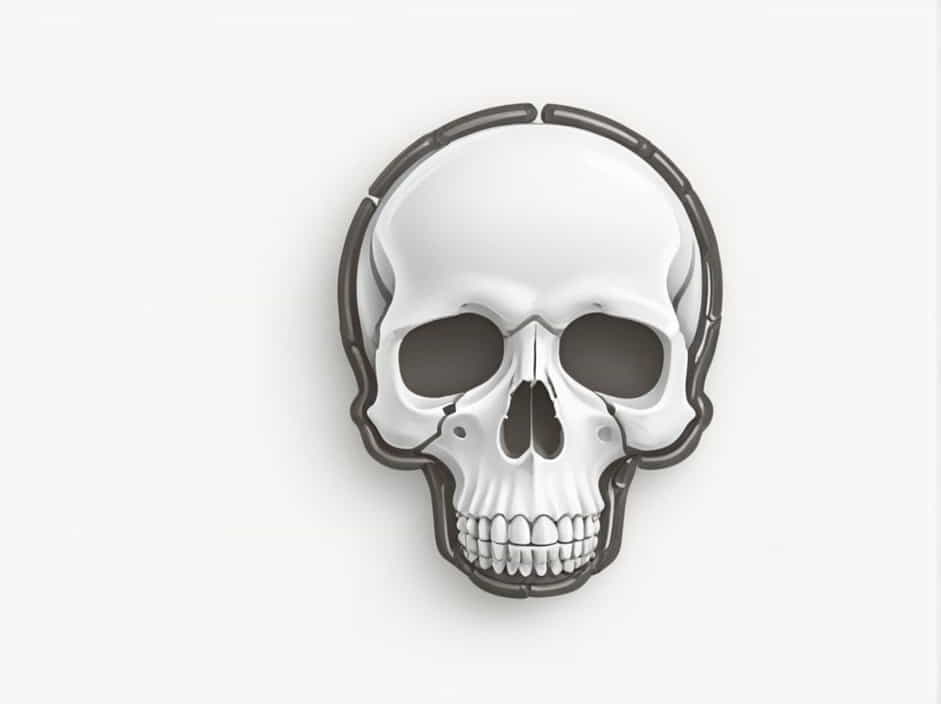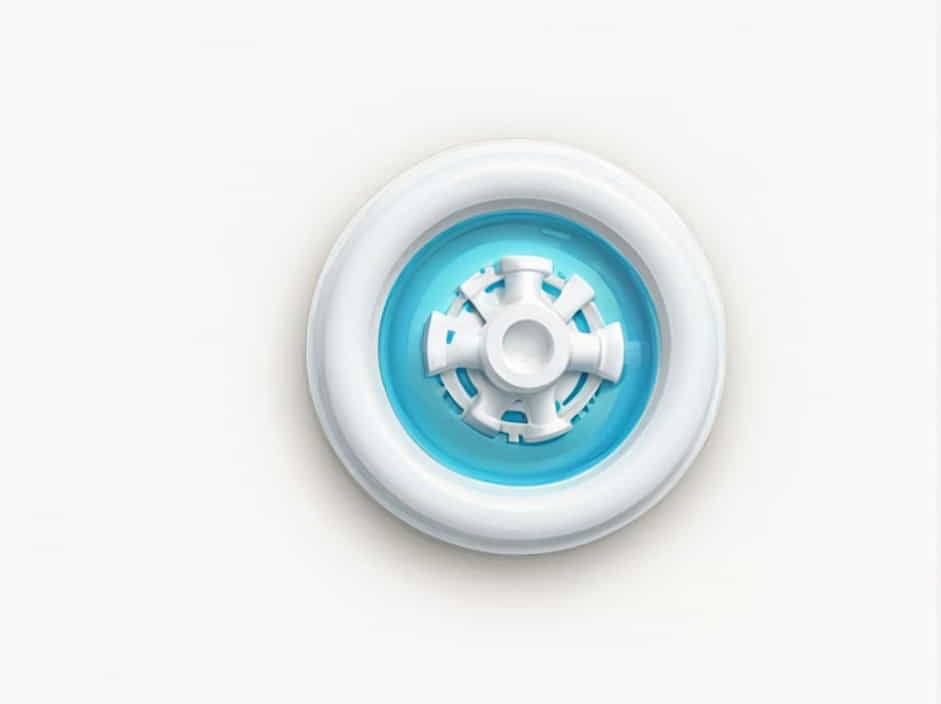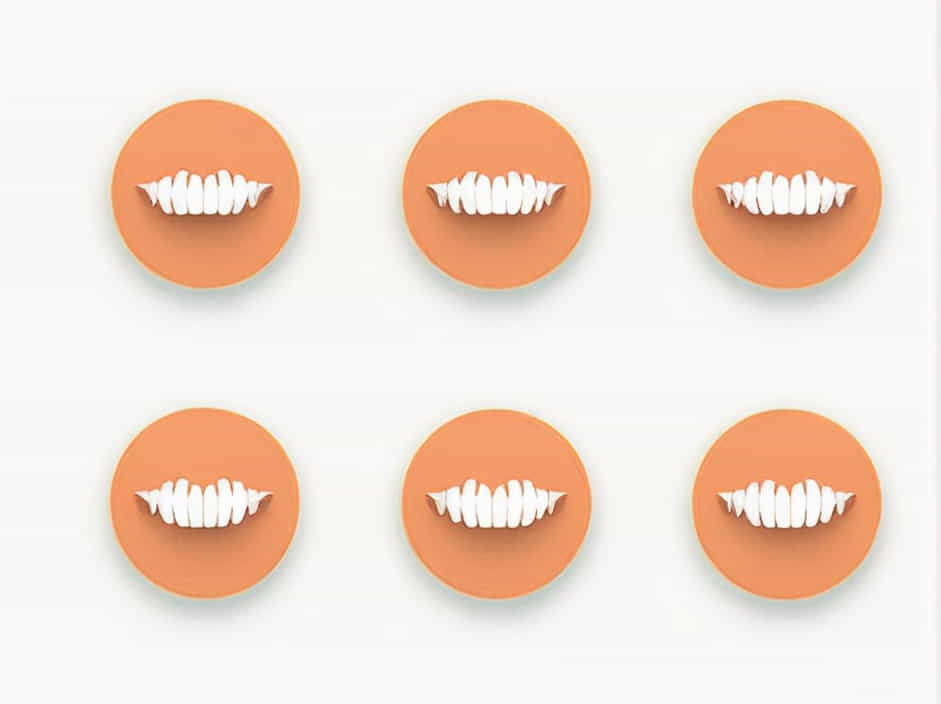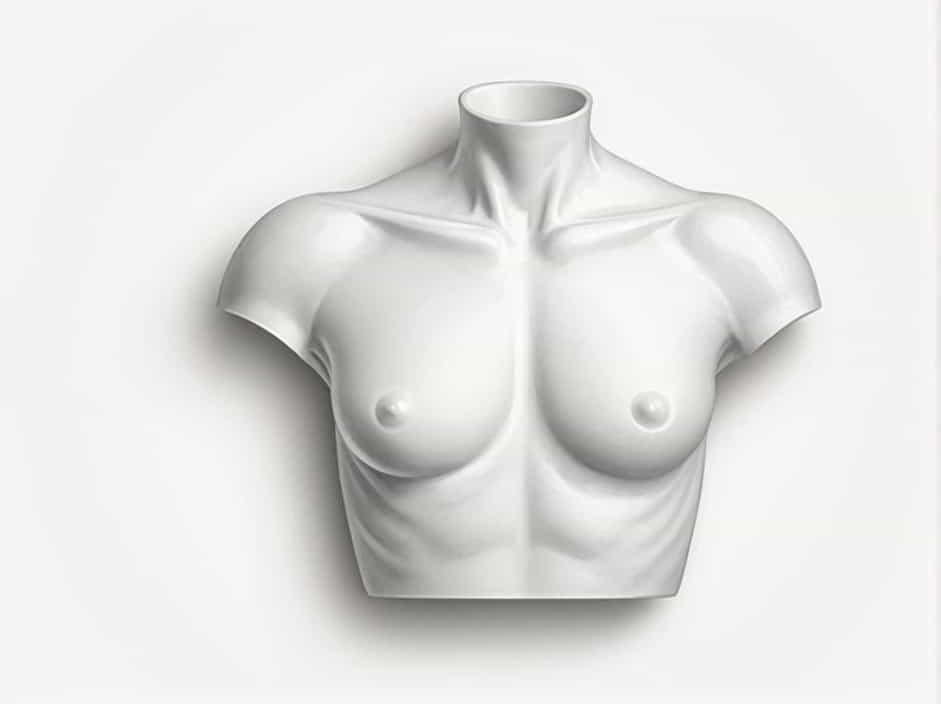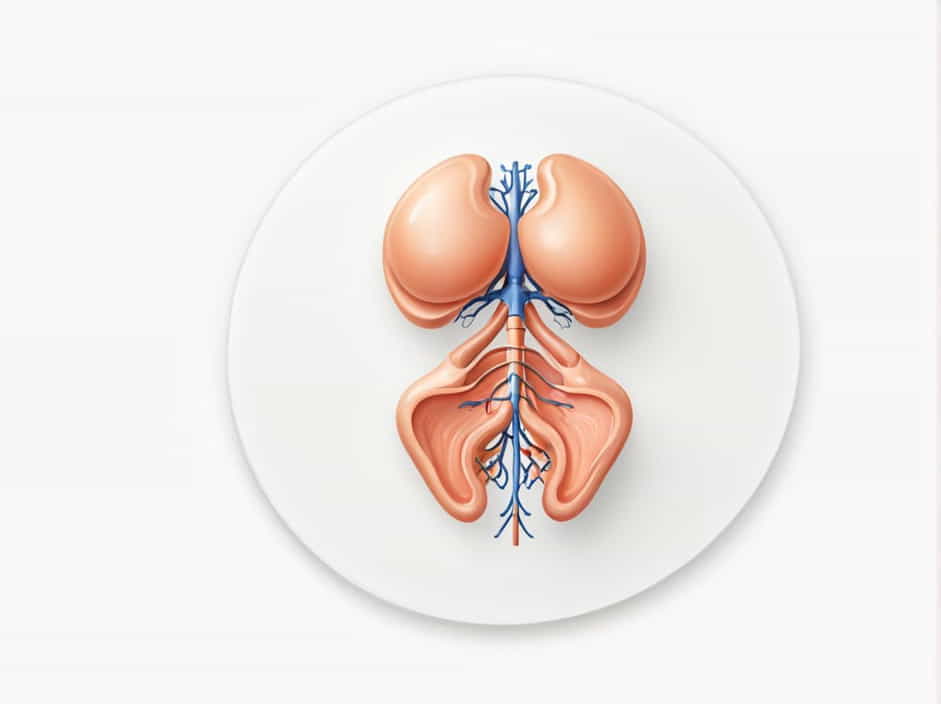Nerve Supply Of Circumvallate Papillae
The circumvallate papillae are large, dome-shaped structures located at the back of the tongue. They play a crucial role in taste perception and contain numerous taste buds. These papillae are unique because they are primarily innervated by the glossopharyngeal nerve (cranial nerve IX), unlike most of the tongue, which is supplied by the facial nerve … Read more
